Workforce planning can be challenging. Over the past two years, we have seen some of the most significant and fastest changes to the workplace. With so much uncertainty around working from home or returning to the office,
But companies still need to prepare for the future to position themselves for the upturn that will come. Placing recruitment on hold for too long could have a negative effect on future success and allow competitors to move ahead.
And although we have a roadmap out of lockdown and vaccine rollout continues at pace, uncertainty remains. We look at how strategic workforce planning and proactive recruitment can help HR and talent teams to plan and to onboard the right talent for the future.
What is strategic workforce planning?
Strategic workforce planning in a world of uncertainty
Benefits of strategic workforce planning
Best practice for strategic workforce planning
After planning, recruitment: what are the key trends?
Employee mobility: are candidates ready to move?
Proactive recruitment and the benefits of talent pipelining
Finding the best talent
Workforce planning is a process of analysing the current workforce, determining future workforce needs, identifying the gap between the workforce you will have available and your future needs, and implementing solutions so that an organisation can accomplish its mission, goals, and strategic plan.
While it is convenient to describe workforce planning as a series of steps, it is equally important to understand that it is an iterative process, not rigidly a linear one.
CIPD definition
The main steps in the Workforce Planning process are:
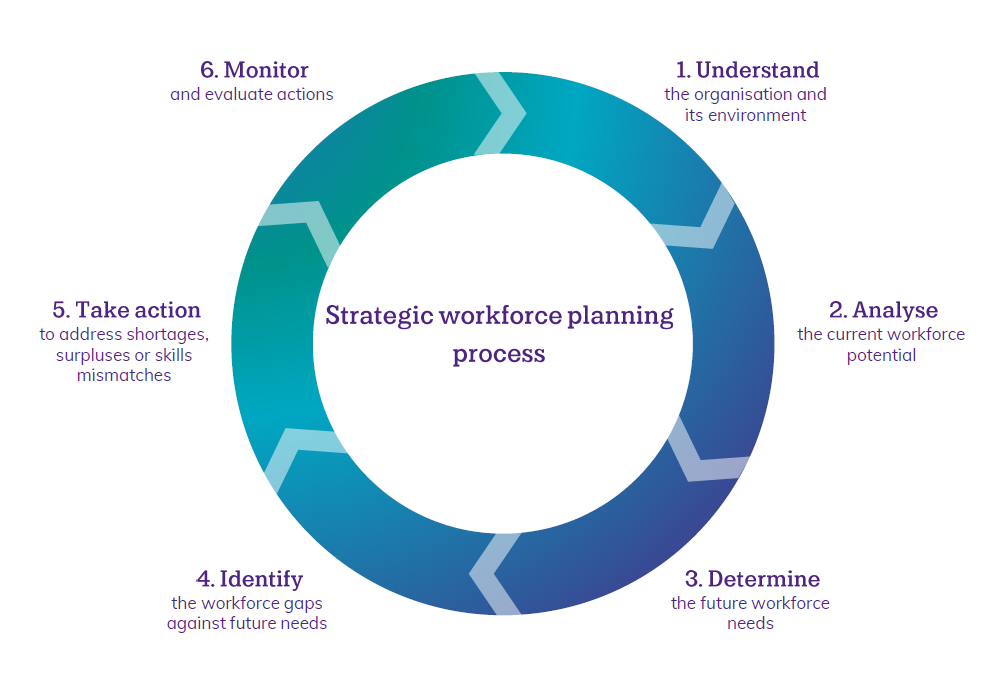
Want to read this offline or share with a colleague? Simply fill in some details to download a copy.
One of the key challenges for teams is accurately predicting hiring needs, all against a backdrop of changes in the economy, consumer confidence and even where employees will be working.
For many HR teams, strategic workforce planning can prove challenging. In our research, pre-pandemic:
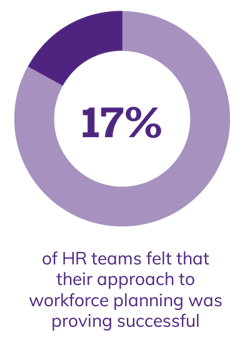
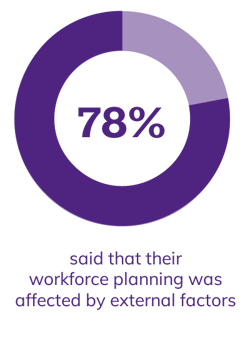
Given the current external environment, it’s hardly surprising these challenges are increasing. Recent research from Gartner found that employees felt their company did not have a handle on things:
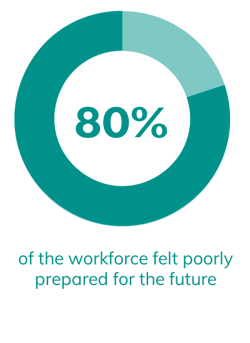
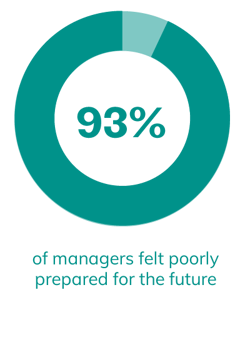
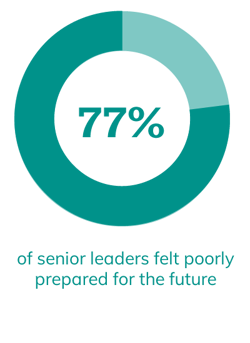
Strategic workforce planning can help with this – and there is evidence that senior leadership teams have recognised the increasing its importance. Research by McKinsey showing that 33% of chief officers and senior leaders say they will be spending more on workforce planning while reducing spend on recruitment. Likewise, the research from Gartner showed that the impact of COVID-19 had accelerated the focus.
The pandemic also looks to have triggered a recognition that a change of direction was needed. As far back as April 2020, 98% of executives said they planned to restructure for the future. With growing confidence and more than half of companies saying they were planning on adding to their teams this year, it’s more important than ever that companies are making the right decisions.
However, it’s also important to be pragmatic. The likelihood of a strategic workforce plan being completely accurate is low. Flexibility is key at present – your approach should have some contingency built in to help protect your talent acquisition teams and allow your approach to change as you gain more data.
Our research found that strategic workforce planning led to:
Here are some recommendations for implementing or improving the workforce planning process at your business:
The clue is in the name, but our research showed that for many companies, workforce planning remains a tactical exercise:
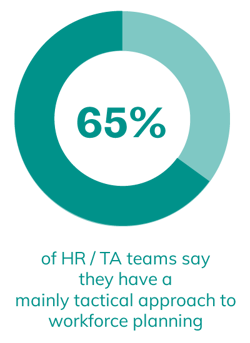
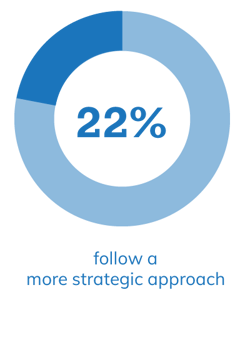

Some respondents who took a tactical approach were looking to be more strategic, recognising the many benefits. At a critical time for businesses, having weathered the changes caused by the pandemic, there has perhaps never been a greater need to understand how to maintain and grow the company. With employees being a significant asset, strategic workforce planning is important.
Key to understanding the company’s needs is to know:
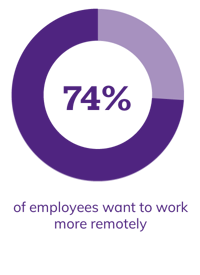 As well as looking strategically at internal drivers, it’s also important to understand external factors. Getting a handle on competitor activity and candidate expectations can help guide your decisions.
As well as looking strategically at internal drivers, it’s also important to understand external factors. Getting a handle on competitor activity and candidate expectations can help guide your decisions.
Labour market analysis can give you essential data to guide your strategy, based on real-time robust data. This can include:
We can help to uncover these insights if they are lacking in your business.
It’s also important for companies to consider flexible and remote working and employees’ and candidates’ changing expectations. 74% of employees say they want to work more remotely and many businesses are looking to adopt a hybrid working model to accommodate this. By providing this, or opportunities to work fully remotely, employers open up a much wider talent pool from outside their usual catchment area.
Recent data showed a 200% increase in job adverts listing flexible working opportunities and data showed that those that do show improved application rates. This is a huge opportunity for those thinking ahead.
It’s essential that data is gathered from across the company and therefore HR and TA teams will typically involve line managers and senior leadership, as well as operations, finance and procurement teams where relevant.
Line managers in particular can predict their needs and possible attrition within their teams. Questions can focus on known recruitment needs such as resignations, retirement, flight risks, planned absence and growth needs.
In our research, one of the key recommendations from HR and TA teams was to get the right tools. A key decision to be made is whether to use one of the many specialist tools available or whether your needs are such that you can manage the data in Excel. Whatever your approach, it’s important to have evaluated the options and ensure that it fits for your team and your business, now and in the future.
Want to read this offline or share with a colleague? Simply fill in some details to download a copy.
Once you have a robust strategic workforce plan in place, it’s likely that you will identify some roles within the businesses that you need to recruit.
Again, this has been challenging during the pandemic. If your organisation placed recruitment on hold, you weren’t alone. Statistics from the UK government show a record drop in the number of vacancies between April and June 2020. Data from Gartner showed that 74% of organisations froze hiring due to COVID-19 and unsurprisingly, hospitality, property, construction and travel were the worst hit. It wasn’t just small companies who took this route: both Google and Facebook paused hiring in the UK. At the same time, some sectors like logistics and certain technology industries were booming.
By the end of the year, despite the massive drops at the start of the pandemic, things had improved significantly.
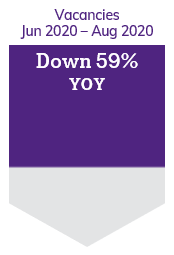
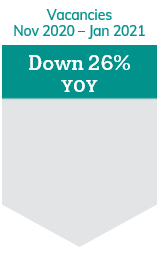
However, the recovery remained fragile. A further lockdown once again had an impact, with vacancies in February 2021 dropping to the lowest level since June 2020.
There are signs of positivity though. CIPD data showed the strongest hiring intent since the start of the pandemic, with more than half of businesses planning to add to their workforce.
Now may be a great time to open up your recruitment again – but are prospective candidates too nervous to change roles?
It’s not only employers who have been conservative about jobs. Research by Deloitte showed a significant increase in people planning to stay in their roles, as the uncertainty of the pandemic impacted people’s openness to change and perception of risk.
People planning to stay in their role for the next 12 months:
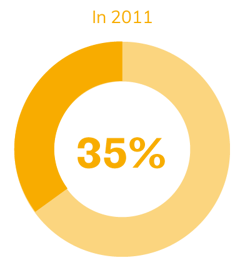
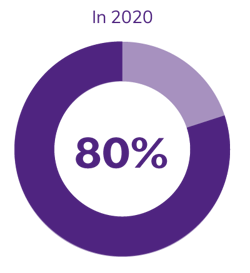
This clearly has a significant impact for employers. According to data from Mercer, 81% of executives say they are concerned about a lack of movement in senior roles. Furthermore, Gartner have shared data that suggests that the impact of COVID-19 and the resulting drop in recruitment has increased skills shortages.
However, there is potential to attract and recruit candidates. The same research by Deloitte showed that 31% of people are unhappy in their current position. This has an interesting impact for HR and TA teams. While figures show that people intend to stay in their existing role and are therefore unlikely to be job seeking, if HR and TA teams can proactively reach these individuals who feel unfulfilled at work, there is a significant likelihood that they would consider a move.
For this reason, companies who want embrace the opportunities now may want to ensure that they are using a proactive recruitment approach.
Under normal circumstances, 70% of the workforce are passive and are not seeking new roles. However, this figure is likely to be even higher in the current climate, which means a traditional approach of advertising roles and waiting for applications is less likely to be successful. Indeed, at a critical time for businesses, it’s essential that you have the widest and best talent pool available – and that’s where a proactive approach works best.
With so much uncertainty, HR teams are understandably concerned about which roles to actively recruit for. With external factors influencing business decisions, it’s possible that roles may need to be placed on hold, which can lead to disruption for prospective candidates and have a negative impact on their perception of your employer brand.
Talent pipelining for current and future roles mitigates this risk significantly. This is something that HR teams are recognising. Research from LinkedIn showed that 37% of recruiters said this was a top skill they were looking to improve.
There are a number of benefits for talent pipelining:
Recent research from Sage showed that 74% of HR teams cite competition for talent as a key driver in changing the way they work.
While figures show that unemployment is at its highest level for almost five years, almost three fifths of those looking for jobs are under the age of 25, so competition remains high for more experienced employees. Combine that with companies removing recruitment freezes and it can be challenging to build strong talent pools.
A talent pipelining approach starts with a market map to find the right people and build a talent pool of relevant candidates, which ensures that you have access to the best possible individuals for available roles.
Having flexibility is key. If your internal team is using a direct sourcing model with an inaccurate workforce plan, this often leads to issues and a sudden need to outsource roles to a traditional recruitment agency – with the associated high costs.
Using talent pipelining allows you to build up relationships now, ready to bring people onboard quickly when the time is right. This gives you flexibility in both timing, and in volume, helping to minimise the impact of internal and external changes.
These are key areas of focus for talent and HR teams:

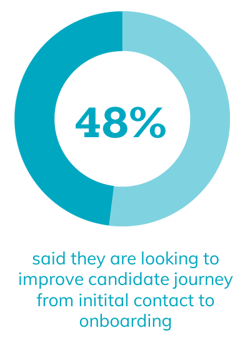
When done well, talent pipelining allows you to build talent pools of prospects who can be kept warm for 6-18 months. This allows time for candidates to gain an understanding of your business and the role, increasing trust, improving relationships and ensuring those accepting the roles are a great fit.
Data shows that 50% of talent professionals expect their budget to decrease, so keeping a tight rein on spending will become increasingly important. Talent pipelining is more cost-effective because the strong relationships ensures candidates are a good fit for your business, reducing employee turnover and improving retention rates.
If you partner with us for talent pipelining, you can also make savings against traditional recruitment models as we don’t charge placement fees.
As data shows a marked increase in people looking to stay with their current employer, talent pipelining offers the opportunity to build relationships with people who may not move now but would when the time is right. In our experience, people who consider themselves happy in their current role are much more open to discussing future posts.
In addition, by starting these conversations now gives you an opportunity to share more about your business, its values and future direction. This can lead to prospective candidates reconsidering their perspective about a move now and becoming engaged about current roles.
One of the challenges for HR teams is the lack of insights – about the marketplace, about competitors and about changing candidate expectations. Done well, talent pipelining should uncover data to help you understand everything from salary packages to expectations about flexible working. This enables you to pitch roles more accurately, meet candidate needs and ultimately be more likely to get the talent that you want. It can also be used to guide future talent acquisition strategies.
Some businesses may not be ready to take on new staff right now but talent pipelining can help with future talent. In roles with skills shortages, for succession planning or for a change in direction for the business, it is often essential to reach out in advance to build relationships. This allows you to move quickly when the time is right, knowing that you have a talent pool of engaged prospects to draw upon.
We understand that HR and TA teams can feel overstretched, especially with all the changes as a result of the pandemic. If this is the case for your team, you’re not alone: research shows that 53% of HR/TA teams say they have too many competing priorities.
Our services are designed to support in-house teams. We work in partnership with our clients to understand your requirements and ensure we can represent you to with prospective employees. Our solution provides a pool of proactively-generated individuals that meet your current and future hiring requirements according to business strategy, as well as real-time talent, market and competitor insight to help guide your strategy.
This:
To discuss your project without obligation, please contact us here or email hello@talentinsightgroup.co.uk.
We hope you found this information useful. We also have a PDF version if you'd like to read it offline or share it with a colleague.
© Talent Insight Group 2025